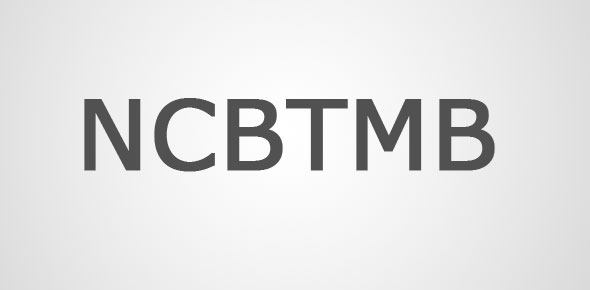Which of the following treatments is indicated for inflammation within...
When massaging a client, the mssage/bodywork practitioner notices a...
A client who was exposed to repeated domestic violence during...
The purpose of using a lubricant in mssage is to : ____________?
What is the term for fluid that lubricates joints?
Which organ is protected by the sternum and vertebral column?
When getting off the table from the supine position, which of the...
In order to document the client's progress throughout multiple...
On the way to a massage session, a client is bitten on the ankle by a...
The art of assessing tissues with the hands in order to note changes...
During prolonged excessive stress, the body experiences: ___________?
When providing massage/bodywork to someone with an end stage terminal...
The short-term application of cold agents has which of the following...
If a client requests sexual services during a massage session the...
When massaging a large area of the body, the practicioner should...
The massage/bodywork practitioner's major source of information...
While replacing clean linen, the pillow case falls to the floor....
What is the common term for myocardial infarction?
Which of the following skin conditions is contagious?
Which of the following appearances BEST describes varicose veins?
Which of the following terms is defined as an increase in the diameter...
If a client experiences pain radiating distally while a practitioner...
A client who experiences an intense emotional release during a session...
A major principle of holistic health is ___________?
How should the massage/bodywork practitioner have a client turn over
Massage can lower the bodies overproduction of:_________________?
A 21-year-old female client comes in for a massage treatment. She is...
What type of membrane lines the digestive tract?
A contraction of the arrector pili muscles could indicate that a...
The chakra's are:_____________?
When a client looks to the massage/bodywork practitioner for emotional...
What is the average resting ventilation rate for an adult?
If a client resists filling out a client information sheet, the...
The effects of post menopaus would include ______?
Injured cartilage takes a long time to heal because it is ________?
The income from a gift certificate becomes taxable when the...
Which of the following diseases primarily affects the lymph nodes and...
Which of the following muscles is palpable directly inferior to the...
Applying sustained deep pressure to a small area, followed by a slow...
Which of the following activities is BEST in helping to maintain bone...
Which of the following actions BEST assesses a joint or ligament...
Which of the following muscles is MOST accible when a client is lying...
The earliest symptom of osteoarthritis is _______?
Net income is defined as ___________?
Which of the following describes and infection of the bone?
During a massage session, a client tells the practitioner they just...
Which of the following chakras is associated with the color green?
What is the volume of air inspired or expired during a normal breath...
During forceful inspiration, elevation of the sternum is aided by the...
Which of the following treatments is an example of allopathic...
The chamber of the heart that recieves oxygen-rich blood through the...
What knee flexor attatches to the fibula
The function of ligaments is to __________?
The popliteal fossa is an endangerment site for which structure?
Done Rhythmically, what is the effect of passive range of motion?
Which of the following chakras is represented by the color red?
Deep circular friction should be avoided posterior to the medial...
What are the primary actions of the Teres Major muscle?
Which of the following actions is performed by the biceps brachii?
What is the hormone produced by the posterior pituitary gland that...
Which term can be used to describe protraction of the scapulae?
Which muscle acts to medially rotate the tibia?
The proximal attachment for the long head of the biceps brachii is at...
Which of the following muscles flexes,abducts and laterally rotates...
Which of the following is a biaxial joint?
















